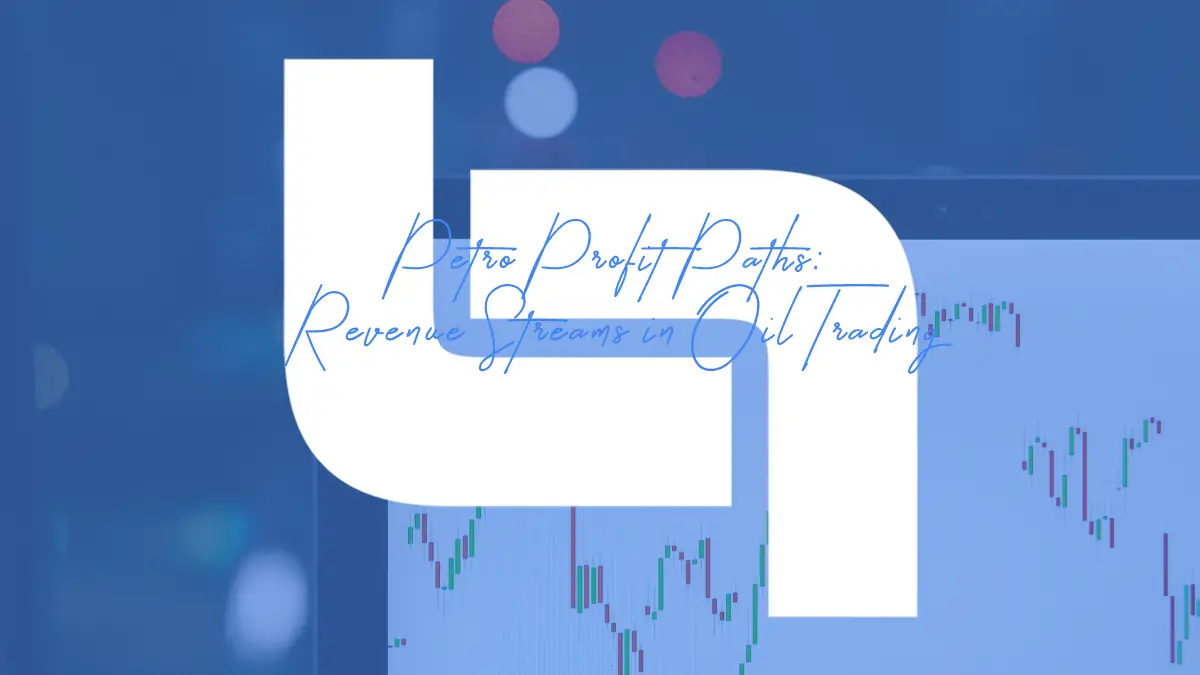Oil trading is a vital cornerstone of the global economy, enabling the smooth flow of this indispensable resource from producers to consumers. This intricate industry relies on a multitude of financial instruments, market dynamics, and trading strategies to fuel profitability. In this comprehensive exploration of revenue streams within oil trading, we illuminate the strategies and mechanisms that underpin success. Oil market is really a great investment opportunity but to make the most out of it you need to learn how to invest and make decisions. Oil Profit official site is a perfect place to learn about investing.
Traditional Oil Trading Models
Spot Market Trading
The spot market is where immediate delivery and settlement of oil occur. It is characterized by the physical exchange of the commodity. Profit in the spot market is generated primarily through price differentials. Traders buy oil at a lower price and sell it at a higher one. The key to success in the spot market lies in understanding supply and demand dynamics, geopolitical events, and market sentiment.
Futures Market Trading
The futures market allows traders to speculate on the future price of oil. Profit opportunities arise from price movements between the time of contract initiation and its expiration. Traders can go long (buy) if they anticipate prices will rise or go short (sell) if they expect a price drop. Leverage amplifies gains and losses in the futures market, making risk management crucial.
Physical Oil Trading
Physical trading involves the actual delivery of oil. Traders make profits by buying and selling physical barrels of oil. Revenue streams include transportation fees, storage charges, and price differentials due to variations in crude quality. Physical oil trading requires extensive logistics, infrastructure, and understanding of the specific characteristics of different crude grades.

Derivative Instruments and Oil Trading
Options Trading
Options provide traders with the right (but not the obligation) to buy or sell oil at a predetermined price on or before a specific date. Profit opportunities arise from correctly predicting price movements. Buyers of call options profit when oil prices rise, while buyers of put options profit when prices fall. Sellers of options earn premiums but face potential losses if market conditions move against them.
Swaps Trading
Oil swaps involve the exchange of cash flows based on the price differential between two different types of crude oil or the same grade at different delivery points. Profit comes from accurately forecasting price spreads. Swaps provide flexibility and are used for hedging and arbitrage purposes, enabling traders to profit from market inefficiencies.
Role of Oil Trading Companies
Oil trading companies play a pivotal role in facilitating the movement of oil globally. These companies profit through various means, including:
- Market Arbitrage: Identifying price disparities between different markets and capitalizing on them.
- Supply Chain Optimization: Efficiently managing logistics and storage facilities to reduce costs.
- Risk Management: Implementing effective risk mitigation strategies to protect against price fluctuations.
- Information Advantage: Utilizing timely and accurate market intelligence to make informed trading decisions.
Case studies of major oil trading companies such as Vitol, Trafigura, and Glencore highlight their diversified revenue streams and sophisticated trading strategies that contribute to their profitability.
Risk Management in Oil Trading
The volatile nature of oil prices and geopolitical uncertainties make risk management paramount in oil trading. Effective risk management involves:
- Hedging: Using derivative contracts to offset price risk.
- Diversification: Spreading investments across different grades and regions to reduce exposure.
- Monitoring and Analysis: Constantly tracking market conditions and adjusting strategies accordingly.
- Compliance: Adhering to regulatory requirements and best practices to minimize legal and operational risks.
Successful risk management not only safeguards profits but also enhances the sustainability of oil trading operations.

Regulatory Environment and Compliance
Oil trading operates within a framework of regulations to maintain market integrity and prevent manipulation. Regulatory bodies like the Commodity Futures Trading Commission (CFTC) and the Financial Conduct Authority (FCA) oversee the industry. Compliance with these regulations is essential for maintaining trust in the market. However, compliance comes with costs and complexities, impacting the profitability of traders.
Emerging Trends and Future Outlook
The oil trading industry is evolving in response to changing market dynamics and global trends. Key developments include:
- Digital Transformation: The adoption of technology, such as blockchain and AI, to improve efficiency and transparency in trading.
- Sustainability Initiatives: A growing emphasis on environmentally responsible practices and investments in renewable energy sources.
- Geopolitical Influences: The impact of geopolitical tensions and conflicts on oil prices and supply chains.
These emerging trends will shape the future revenue streams and profitability of oil trading companies.
Conclusion
Revenue streams in oil trading are diverse and dynamic, encompassing traditional markets, derivative instruments, and sophisticated strategies. Effective risk management and compliance are essential to sustain profitability in this complex industry. As oil trading continues to evolve in response to global trends, traders must adapt to seize new opportunities and navigate the challenges of an ever-changing market landscape. Understanding the intricacies of revenue generation in oil trading is crucial for anyone seeking success in this high-stakes arena.

